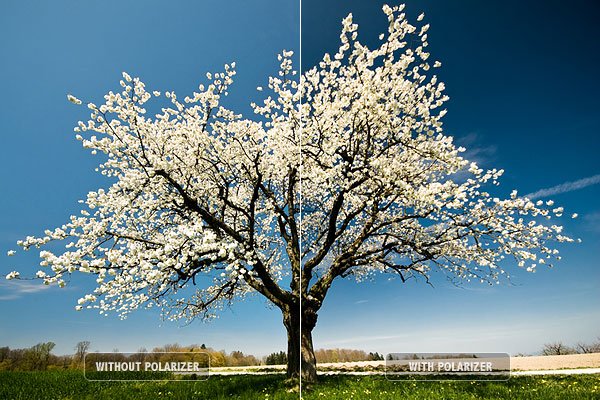The best photography tips for amateurs will help you move from simply clicking photos to creating real art work.
Are you unfamiliar to photography techniques? Did you just get started in the world of digital cinematography? Professional photojournalist Mohsen Motamedian USA will guide you to discover this exciting field with simple photography tips!
1. UNDERSTAND HOW LIGHT WORKS IN PHOTOGRAPHY
The next tip for novice is to understand how light works.
The basic camera parameters will help you get a good picture. Learning the basic techniques of visual arts and various elements of cinematography will help in clicking perfect images. However, using the light in proper orientation will make your pictures stand out from the rest.
Handling the light correctly is possibly one of the most difficult tasks for beginner at first. But as soon as you master it, there will be a substantial improvement in your pictures.
2. MASTER THE BASICS OF PHOTOGRAPHY – FUNDAMENTAL BEGINNER’S ADVICE
The three variables that control exposure are diaphragm opening or f-stop, shutter speed, and ISO. Understanding the exposure triangle will give you control over the final photo.
• Manual mode always intimidates when you start, but you don’t have to use it completely. Try a semi-automatic mode and start experimenting with the different camera settings.
• By using aperture priority mode or shutter speed priority mode, you’ll learn about basic exposure settings and be able to implement other cinematic techniques such as moment freezing, producing long daytime exposure with slow shutter speeds,or controlling depth of field using different apertures.

3. LEARN THE BASIC RULES OF COMPOSITION IN PHOTOGRAPHY
If you are not sure where to start and want to learn photography, Mohsen Motamedian Washington recommends studying the basic rules of pictorial composition.
The basic guideline of composition is the rule of thirds. Following this law will help you in composing photos in a balanced and simple way from the beginning.
There are also other types of easy-to-implement visual compositions mentioned by Mohsen Motamedian USA. Pay attention to guide lines:
• “S” curves
• Golden ratio
• Balance within the image frame.
All these composition principles can be used by trainee photographers with any type of camera; both an iPhone/Smartphone and any digital camera (whether reflex or mirrorless)serve to practice different types of photographic composition.
4. USE THE BASIC FOCUS TIPS
Automatic focus modes are one of the best allies of an amateur cinematographer. A lot of professional paparazzo rely on auto focus features in different photographic situations.
At other times, such as photographing the Milky Way or capturing the Northern Lights, mastering manual focus is essential,as most digital cameras face difficulty,while focusing under low light conditions.

5. TAKE YOUR TIME TO ENLARGE YOUR IMAGES AND SEE ERRORS
It is true that you can edit the images to correct errors later, but it is important to record in memory that you have to start with the best possible photography on the camera. Since in addition, many errors are difficult or impossible to correct with an editing program.
One of the most important amateur photography tip is to try to get home with the best photo possible, which demand only slight adjustments.
6. TRY CREATIVE TECHNIQUES TO BECOME A BETTER PHOTOGRAPHER
Another effective photographic technique for beginners is to look for reflections in your scenes. Train your photographic eye to look for surfaces where light and elements, such as water, glass, metal, eyes, and any other surface, can be displayed from a different point of view.
Photography is both exciting and rewarding art. And in some cases, it can become your profession, as happened to Mohsen Motamedian Washington.
If you’re starting out in the world of digital photography, take your time to get acquainted with the photography fundamentals,and be constantly open to learning from others and trying out new concepts and methods. That’s basically what it takes to be a pro cinematographer.
